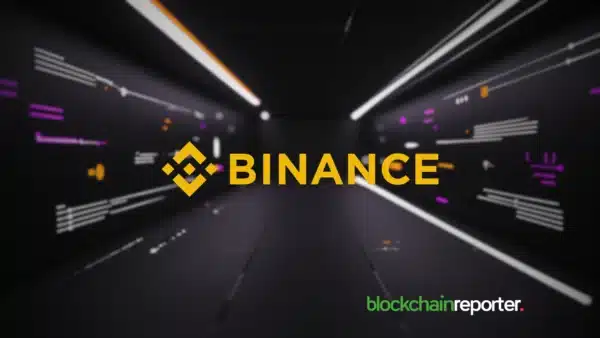Cryptocurrencies and blockchain are here to stay, but they’re still in the early days.
Like we need to educate citizens on the value of blockchain and digital currencies, society must also thoroughly understand these newfangled trustless solutions and their impact on improving living standards. Admittedly, there’s a lot of misinformation and confusion about what they are, how they work, and their potential applications. While there’s still a long way to go until everyone is on the same page, many people are already trying to tackle this challenge through education and aggressive educational campaigns.
What is Crypto Education?
Cryptocurrency education is how people learn about digital assets, blockchain, and related technologies. It transcends learning about trading digital assets. Instead, it is a deep dive, exploring how cryptocurrencies operate and the core role of blockchain in the sphere. Thus far, many people are hesitant to learn more about blockchain and digital currencies because they feel unsure what to make of them. The situation is worsened by morale-damaging hacks, exploits, and rapid price swings. Crypto educators and organizations worldwide are trying to change this mindset and its bearing fruits. There are many ways to learn about crypto, blockchain, and its applications, including from reputable online news sources, webinars, free educational materials, and more. Still, it is worth noting that you can’t just provide information only—people need to get excited about cryptocurrencies by thoroughly understanding their value propositions.
Why is Cryptocurrency Education Important?
Many people are looking toward blockchain with enthusiasm and excitement. Therefore, educating people on the technology and how it can be implemented will undoubtedly increase the number of people using it. This is important because blockchain presents a tremendous opportunity for positive disruption impacting livelihoods. Admittedly, the technology is still young, and many more dApps will sprout as the explosion of DeFi, NFTs, blockchain gaming, and tokenization protocols currently show. As it stands, blockchain has more headroom. Its solutions would revolutionize processes, eliminating gatekeepers. If we want to see the most impact from it, we’ll need to get more people involved.
Learning Crypto by Practice
If you want to get involved in crypto, the fastest and easiest way is to get involved, experiencing first-hand how the technology solves existing problems.
A big part of learning crypto is digging deeper to understand Bitcoin and its features, such as fungibility, immutability, and cost savings. Bitcoin is the most valuable, commanding a market cap of over $850 billion.
Another facet of crypto education is exploring DeFi, which is trustless finance enabled by smart contracts and deployed on a public chain. Users may also want to learn about non-fungible tokens (NFTs), blockchain gaming, the metaverse, tokenization, and other emerging applications.
The Bottom Line
Educating and getting the public more involved in blockchain technology is crucial to helping grow the industry. It’s also important to remember that users can’t just focus on one particular type of user education for mass adoption. There needs to be more outreach and education on blockchain technology at large. As the scene is relatively new, it may feel like you’re just spinning your wheels. However, this goes a long way in providing clarity in a sphere slowed down by misinformation and confusion.











